Professor Associado da Universidade Federal do ABC (UFABC) na área de Energia. Orientador nos programas de pós-graduação em Nanociências e Materiais Avançados (Mestrado e Doutorado) e Ciência e Engenharia de Materiais (Mestrado) da UFABC. Possui Graduação em Farmácia e Bioquímica pela Universidade de São Paulo (USP), Mestrado em Bioquímica pelo Instituto de Química da USP, Doutorado em Química Orgânica pela Universidade de Tel-Aviv (Israel) e Livre-Docência pelo Instituto de Química da USP. Tem experiência em síntese orgânica, espectroscopia (UV/visível, fluorescência, infravermelho e RMN) e fotoquímica. Atua na área de Novos Materiais para Energia, incluindo: (1) Metal Organic Frameworks (MOFs) e sílicas mesoporosas para a captura de gás carbônico, (2) filmes finos de semicondutores orgânicos para células solares e (3) catalisadores para a degradação fotoquímica de poluentes emergentes (como os antibióticos) e de derivados do petróleo. Atua como assessor ad hoc da FAPESP e como revisor dos periódicos Chemical Society Reviews, RSC Advances, Langmuir e Journal of Physical Chemistry, entre outros.






